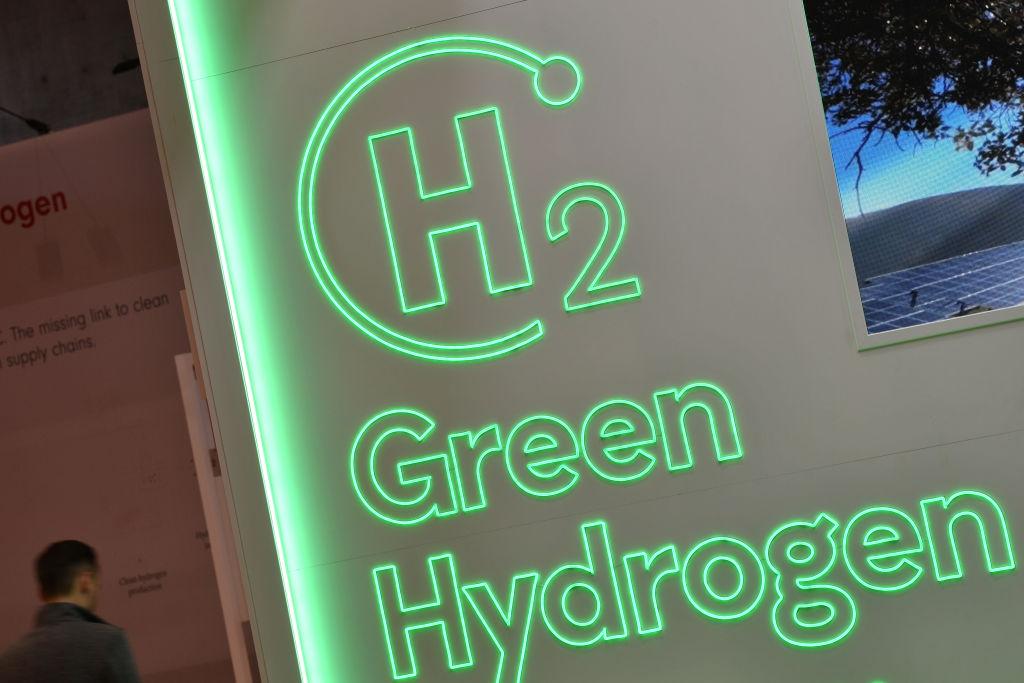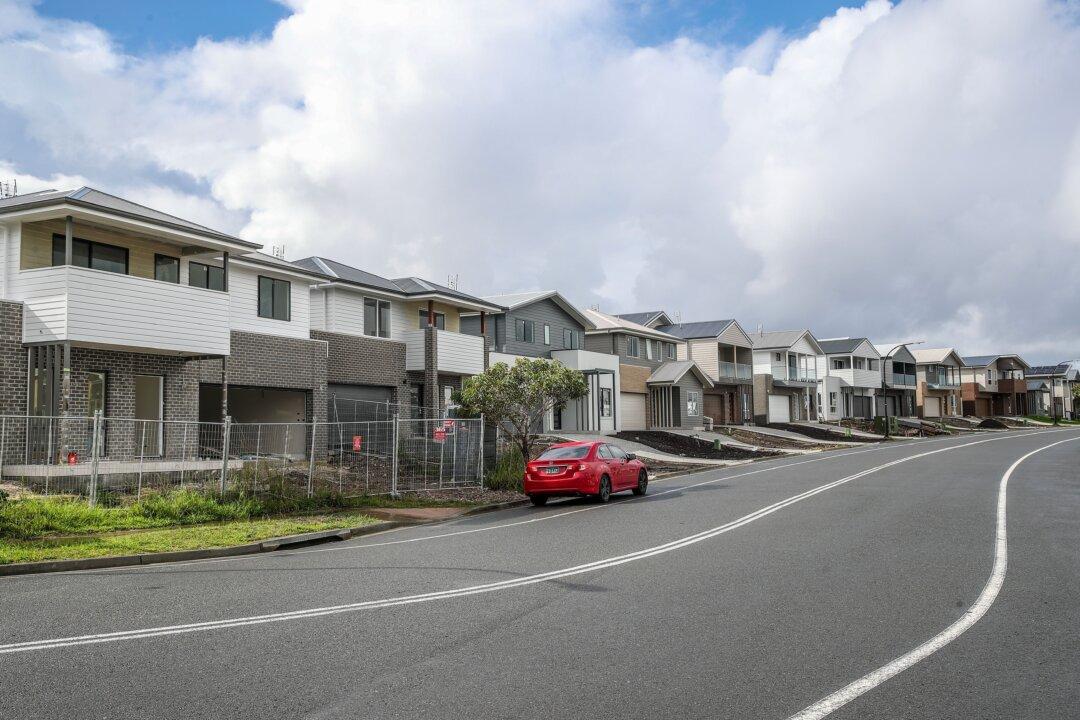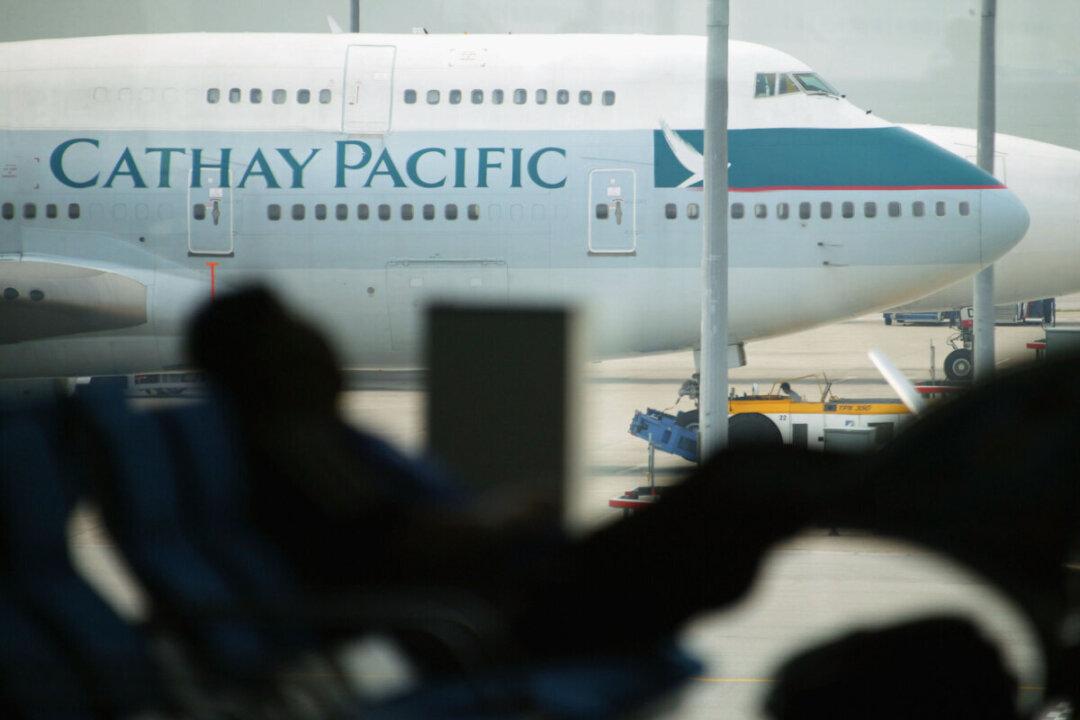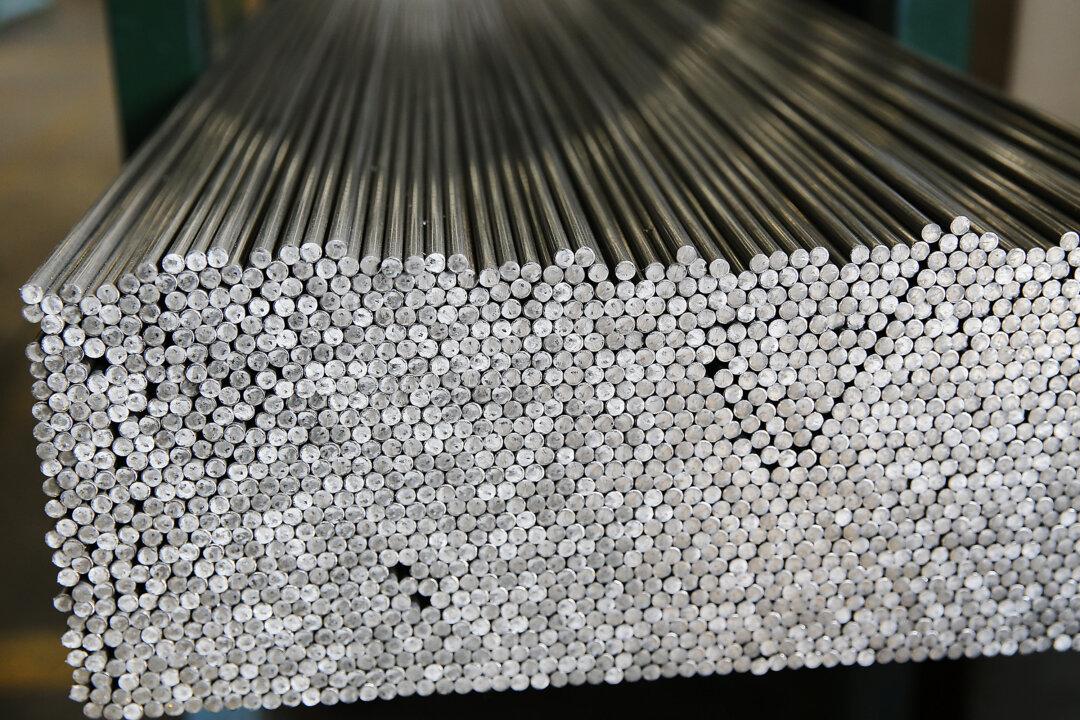The Institute for Energy Economics and Financial Analysis (IEEFA) said that the Albanese government should prioritise local ammonia production to develop Australia’s green hydrogen industry.
This comes amid plans by the federal government to invest $15 billion into the promotion of the local green hydrogen sector.




